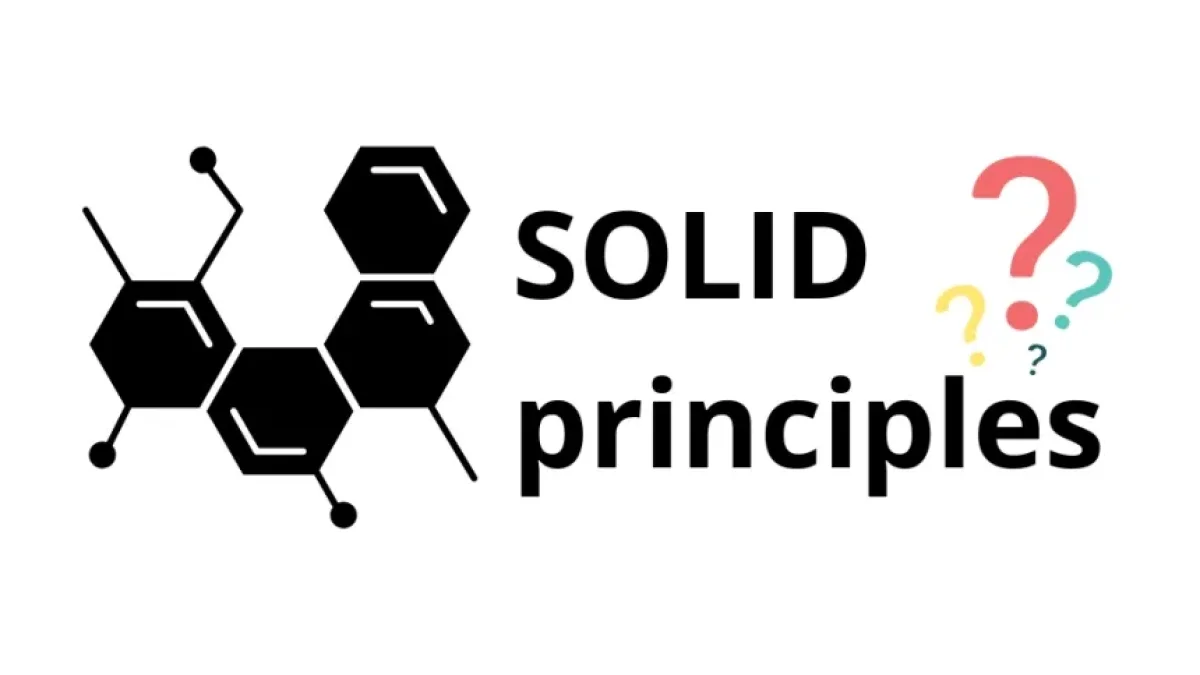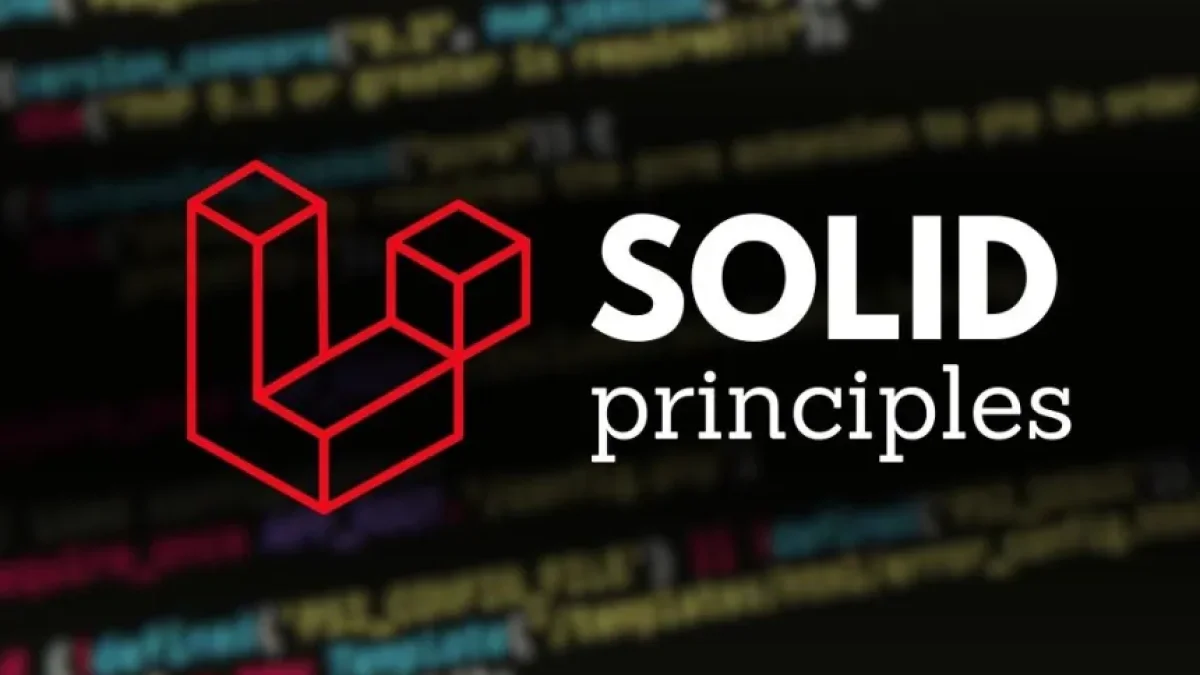Discover the 5 Keys of Object-Oriented Design.


Object-oriented design (OOD) is a methodology that allows developers to organize and structure their code more effectively. Understanding its fundamental principles is essential for improving the quality and maintainability of software. Below, we will explore the five keys of object-oriented design, known as the SOLID principles.
What are the SOLID Principles?
The SOLID principles are a set of good practices that help programmers design software that is easy to understand, maintain, and extend. This acronym represents five principles:
- S - Single Responsibility Principle (SRP)
- O - Open/Closed Principle (OCP)
- L - Liskov Substitution Principle (LSP)
- I - Interface Segregation Principle (ISP)
- D - Dependency Inversion Principle (DIP)
Next, each of these principles will be explained in detail.
Read also
1. Single Responsibility Principle (SRP)
The single responsibility principle states that a class should have only one reason to change. This means that each class should have a single responsibility, which makes it easier to understand and improves cohesion. By adhering to this principle, the code becomes easier to maintain and less prone to errors.
2. Open/Closed Principle (OCP)
The open/closed principle suggests that classes should be open for extension but closed for modification. This is achieved by creating classes that allow adding new functionalities without altering existing code. In this way, code reuse is promoted and the system is ensured to remain stable as new features are introduced.
3. Liskov Substitution Principle (LSP)
The Liskov substitution principle states that objects of a derived class should be able to replace objects of the base class without altering the desirable properties of the program. In other words, if a subclass can extend the functionality of the base class, it should do so without compromising its benefits. Adhering to this principle ensures that the code is more robust and less prone to failure.
Read also
4. Interface Segregation Principle (ISP)
The interface segregation principle suggests that it is better to have many specific interfaces rather than a single general interface. This means that clients should not be forced to depend on interfaces they do not use. By following this principle, applications become more flexible and adaptable to changes in requirements.
5. Dependency Inversion Principle (DIP)
The dependency inversion principle states that high-level classes should not depend on low-level classes. Both should depend on abstractions. This approach promotes the decoupling of code and improves the relationship between different components, resulting in a more maintainable system. By implementing this principle, testing and adding new functions becomes easier.
Conclusion
Object-oriented design and the SOLID principles are fundamental tools for software developers. Understanding and applying these keys can help create more effective and sustainable applications. If you would like to delve deeper into these and other related topics, I invite you to visit my blog to read more news and articles of interest.



















